Home>Interior Design>10 Ways To Design A Better Deck
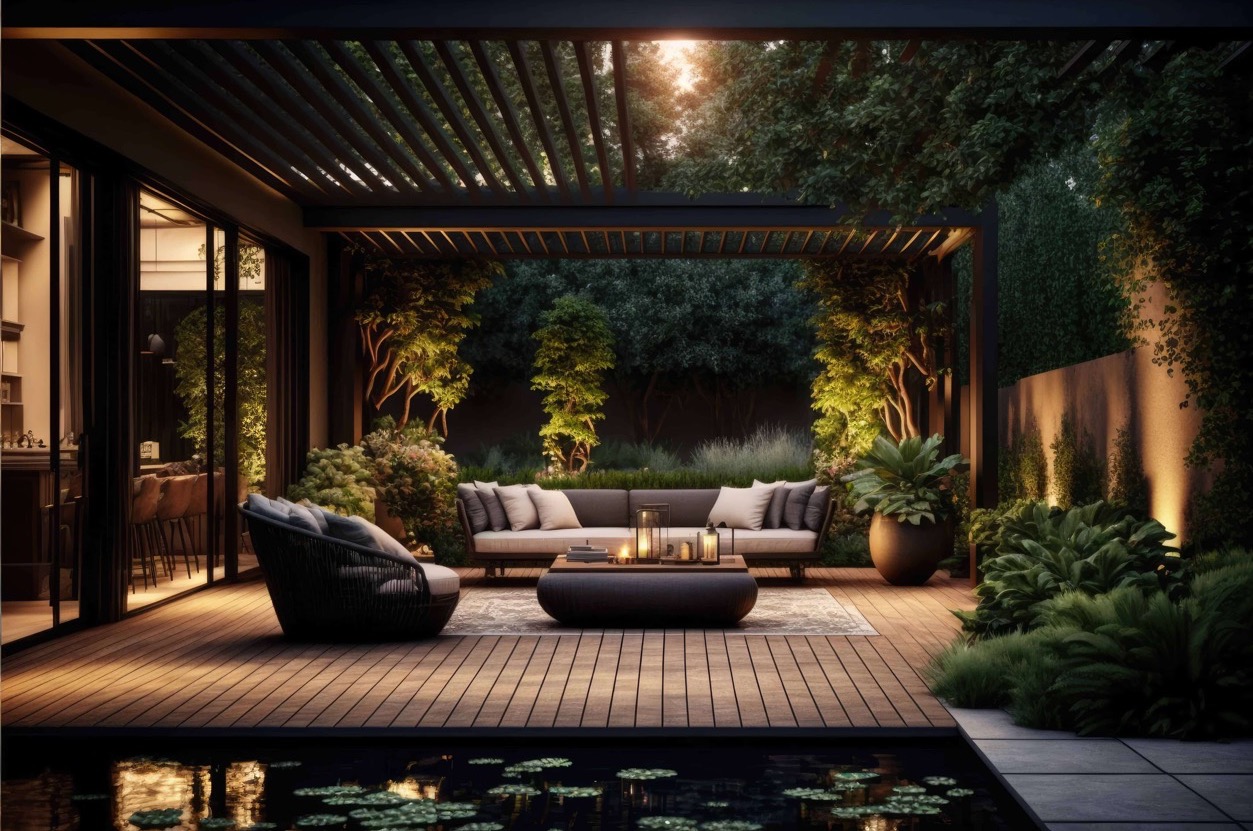

Interior Design
10 Ways To Design A Better Deck
Modified: October 20, 2024
Discover 10 innovative ways to enhance your deck design and create a stunning outdoor space. Our expert tips will transform your deck design with a touch of interior design expertise.
(Many of the links in this article redirect to a specific reviewed product. Your purchase of these products through affiliate links helps to generate commission for Storables.com, at no extra cost. Learn more)
Introduction
Welcome to the world of interior design, where creativity knows no bounds and every space is an opportunity to create something beautiful. When it comes to designing a deck, this sentiment holds true. A deck is not just an outdoor extension of your home; it’s a versatile space that can be transformed into a tranquil oasis, a vibrant entertainment area, or a cozy spot for relaxation.
In this article, we will explore ten ways to design a better deck, from choosing the right size and shape to adding thoughtful finishing touches. Whether you’re revamping your existing deck or starting from scratch, these tips will help you create a deck that not only looks stunning but also functions seamlessly with your lifestyle.
Key Takeaways:
- Designing a deck involves careful consideration of size, shape, functionality, materials, safety, lighting, privacy, and environmental factors. Thoughtful finishing touches personalize the space, creating a captivating outdoor oasis.
- By integrating smart design choices, safety features, and aesthetic elements, a deck can seamlessly extend the indoor living space, providing a functional, visually appealing, and enjoyable outdoor retreat.
Read more: Which Is Better: Trex Or Composite Decking?
Choose the Right Size and Shape
One of the first considerations when designing a deck is determining the right size and shape for your space. The size of your deck will depend on several factors, including the available space in your yard and how you plan to use the deck.
If you frequently entertain large groups of people, you’ll want to opt for a larger deck that can accommodate seating, dining areas, and possibly even a barbecue or outdoor kitchen. On the other hand, if you mainly plan to use the deck as a quiet retreat for yourself or your family, a smaller, more intimate deck may be the perfect fit.
When it comes to shape, you can choose from a variety of options, including square, rectangular, L-shaped, or even custom shapes. Consider the overall style and architecture of your home, as well as any existing landscaping features, when deciding on the shape that will best complement your space.
Additionally, think about how the shape of the deck will impact the flow and functionality of the space. Will it provide easy access to other areas of your yard? Will it offer a natural transition from indoors to outdoors? These factors are crucial in ensuring that your deck not only looks visually appealing but also serves its intended purpose.
Before finalizing the size and shape of your deck, it’s a good idea to map out the layout on paper or use a digital design tool. This will allow you to visualize how the deck will fit into your space and make any necessary adjustments before construction begins.
By carefully considering the size and shape of your deck, you can create a functional and aesthetically pleasing outdoor space that fulfills your needs and enhances the overall appeal of your home.
Determine the Deck’s Functionality
When designing a deck, it’s important to consider how you plan to use the space. Clarifying the functionality of your deck will help guide the design process and ensure that your deck meets your specific needs and lifestyle.
Are you looking to create an outdoor dining area where you can enjoy meals with family and friends? If so, consider incorporating a spacious dining table and comfortable seating arrangements into your deck design. This will allow you to entertain and enjoy al fresco meals with ease.
Do you envision your deck as a peaceful escape where you can relax and unwind after a long day? If relaxation is your focus, include comfortable seating options such as lounge chairs, hammocks, or even a built-in spa or hot tub. Enhance the ambiance with strategic placement of plants, soothing lighting, and privacy elements.
Perhaps you want your deck to serve as a multifunctional space that can be used for both entertaining and personal relaxation. In this case, consider creating separate zones within your deck. You can incorporate a dining area on one side and a lounging area on another, with some open space in between for flexibility.
For those who enjoy outdoor hobbies or activities such as gardening or yoga, consider how your deck can accommodate these pursuits. Storage solutions for gardening tools or a dedicated yoga space with proper flooring and privacy features can enhance the functionality of your deck.
By determining the primary functionality of your deck, you can make design decisions that align with your specific needs. This will ensure that your deck not only looks beautiful but also serves its purpose, whether it’s providing a space for entertainment, relaxation, or other activities.
Keep in mind that the functionality of your deck can evolve over time. Consider the future possibilities and plan for flexibility in your design. With careful consideration, you can create a deck that adapts to your changing needs and continues to enhance your outdoor living experience.
Select the Best Materials
Choosing the right materials for your deck is crucial for ensuring its durability, longevity, and overall aesthetic appeal. With a wide range of materials available, it’s important to consider factors such as maintenance requirements, budget, and desired look when making your selection.
One popular option for deck materials is wood, which offers a natural and timeless appeal. Hardwoods like cedar, redwood, and tropical hardwoods are known for their durability and resistance to rotting and insects. However, they require regular maintenance such as staining or sealing to protect them from weathering and maintain their appearance.
If you prefer a low-maintenance option, composite decking is worth considering. Made from a combination of wood fibers and recycled plastic, composite decking offers the look of wood without the need for regular upkeep. It is resistant to fading, staining, and mold growth, making it an ideal choice for those who value convenience.
PVC decking is another low-maintenance alternative. Made from polyvinyl chloride, PVC decking is highly durable, moisture-resistant, and easy to clean. It is available in a variety of colors and styles, allowing you to achieve the desired aesthetic for your deck.
For a sleek and modern look, consider using metal materials such as aluminum or steel for your deck construction. Metal decking is resistant to rotting, warping, and insect damage. It also offers superior strength and stability, making it an excellent choice for larger decks or decks with unique shapes and designs.
When selecting materials, also consider the railing system. Railings not only provide safety but also contribute to the overall style of your deck. Options include wood, metal, and glass, each offering its own unique aesthetic and level of visibility.
Ultimately, the best materials for your deck will depend on your personal preferences, budget, and maintenance capabilities. Carefully weigh the pros and cons of each material and choose the one that aligns best with your long-term goals for your deck.
Remember, investing in quality materials upfront will ensure that your deck stands the test of time and continues to be a beautiful and enjoyable outdoor space for years to come.
Plan for Proper Drainage
Proper drainage is a crucial factor in designing a deck that will withstand the elements and maintain its structural integrity. Without proper drainage, water can accumulate on the surface of your deck, leading to water damage, rot, and even mold growth.
When planning for drainage, consider the slope of your yard and how water naturally flows in your outdoor space. It’s important to ensure that water drains away from the deck and not towards it. This can be achieved by incorporating a slight slope into the deck design or using a waterproof membrane beneath the decking surface.
In addition to slope, another effective drainage solution is the installation of deck drainage systems. These systems can redirect water away from the deck by utilizing gutters and downspouts. They are particularly useful for decks that are built on elevated or multi-level structures.
Another consideration is the use of proper decking materials that allow for adequate water drainage. Some decking materials, such as composite or PVC, have built-in channels or grooves that facilitate the flow of water away from the deck surface. This helps to prevent water from pooling and causing damage.
Additionally, it’s essential to ensure that the deck is properly sealed and protected against moisture. Regularly maintaining the sealant or stain on your deck’s surface can help prevent water infiltration and extend the lifespan of your deck.
By taking the time to plan for proper drainage, you can protect your investment and ensure that your deck remains a safe and enjoyable space for years to come. Proper drainage will help prevent any potential water damage and maintain the structural integrity and beauty of your deck.
Read more: Which Is Better: Composite Or PVC Decking
Incorporate Safety Features
When designing a deck, prioritizing safety is of utmost importance. Incorporating proper safety features will not only provide peace of mind but also ensure that your deck is a secure and enjoyable space for everyone. Here are some essential safety features to consider:
Railings: Install sturdy railings around the perimeter of your deck to prevent accidental falls. The height of the railing should meet local building codes, typically ranging from 36 to 42 inches. Ensure that the spacing between balusters is narrow enough to prevent small children or pets from slipping through.
Gates: If you have stairs leading to your deck, consider adding gates at the top and bottom to prevent access for small children or pets. These gates should be self-closing and latching to ensure they always remain closed.
Slip-resistant surfaces: Choose decking materials that provide a slip-resistant surface, especially in areas prone to water accumulation. This will reduce the risk of accidents, particularly when the deck is wet.
Lighting: Ensure your deck is well-lit to prevent trips and falls during the evening. Install lighting along stairs, pathways, and around the perimeter of the deck to improve visibility and enhance safety.
Anti-slip strips: If your deck surface becomes slippery when wet, consider adding anti-slip strips to the decking or applying a non-slip coating. These solutions provide extra traction, reducing the risk of slip and fall accidents.
Fire safety: If you plan to have a barbecue or a fire pit on your deck, incorporate fire safety measures. Ensure proper ventilation, use fire-resistant materials, and keep a fire extinguisher nearby for emergencies.
Childproofing: If you have young children, take additional precautions to childproof your deck. Make sure there are no gaps where a child could get stuck, secure furniture or play equipment, and remove any potential hazards such as sharp objects.
Regular maintenance: Regularly inspect your deck for any signs of damage or wear. Address any issues promptly, such as loose boards, rusty fasteners, or wobbly railings, to maintain a safe and secure deck.
By incorporating these safety features into your deck design, you can create a space that not only looks attractive but also offers a safe environment for you, your family, and your guests. Prioritizing safety will ensure that your deck becomes a welcoming outdoor retreat for years to come.
When designing a deck, consider the layout and flow of the space to ensure it meets your needs and complements your home’s architecture.
Utilize Smart Lighting Solutions
Lighting is a crucial aspect of deck design that often gets overlooked. By incorporating smart lighting solutions, you can not only enhance the aesthetics of your deck but also improve safety and create a warm and inviting atmosphere. Here are a few ideas to consider:
1. Ambient Lighting: Set the mood and create a cozy ambiance with ambient lighting. This can be achieved through string lights, lanterns, or recessed lighting installed in the deck’s perimeter. Choose warm, soft lighting to create a relaxing atmosphere.
2. Task Lighting: If you have specific areas on your deck where you need focused lighting for activities such as cooking or reading, incorporate task lighting. Install adjustable spotlights or wall-mounted lights to provide ample illumination for these areas.
3. Step Lighting: Illuminate the steps of your deck to ensure safe navigation, especially in the evening. LED strip lights or recessed lights can be installed along the edges of the steps to provide subtle yet effective illumination.
4. Pathway Lighting: If you have pathways leading to your deck or within the deck itself, consider installing pathway lighting. This not only enhances safety but also adds a touch of elegance to the overall design. Solar-powered lights or low-voltage LED lights are popular options for pathway lighting.
5. Color Changing Lights: Add an element of excitement and versatility by incorporating color-changing lights. These lights can be controlled remotely or through a smartphone app, allowing you to adjust the color and intensity to suit your mood or theme for the occasion.
6. Motion-Activated Lights: Increase security and energy efficiency by installing motion-activated lights on your deck. These lights will automatically turn on when someone approaches, deterring potential intruders and providing convenience for your nighttime activities.
7. Smart Home Integration: If you have a smart home system, consider integrating your deck lighting into the system. This will allow you to control the lights through voice commands or a mobile app, giving you full control over your deck’s lighting from anywhere.
Remember to consider the placement and intensity of your lighting to avoid any unwanted glare or shadows. Additionally, opt for energy-efficient LED lights to minimize energy consumption and extend the lifespan of your bulbs.
By utilizing smart lighting solutions, you can transform your deck into a captivating and welcoming space that can be enjoyed day and night. The right lighting will enhance the overall aesthetics of your deck while providing a safe and enjoyable environment for entertaining or simply relaxing outdoors.
Enhance Privacy and Shade
Creating privacy and shade on your deck is essential for ensuring a comfortable and intimate outdoor space. Whether you have close neighbors or want to shield your deck from direct sunlight, there are various options to enhance privacy and create a shaded retreat. Here are some ideas:
1. Privacy Screens: Install privacy screens around your deck to create a sense of seclusion. Privacy screens can be made from a variety of materials, such as lattice, bamboo, wood, or even fabric panels. They not only provide privacy but also add a decorative element to your deck design.
2. Pergolas and Arbors: Add a pergola or arbor to your deck to provide partial shade while allowing some sunlight to filter through. You can train climbing plants or vines to grow on the structure and create a natural, green canopy.
3. Shade Sails or Canopies: Install shade sails or retractable canopies above your deck to provide flexible shade options. These can be adjusted to block direct sunlight when desired, creating a cool and comfortable space.
4. Planting Trees or Shrubs: Strategically plant tall trees or shrubs around your deck to create a natural barrier and provide shade. Choose fast-growing species that are suitable for your climate and consider their eventual height and width for proper spacing.
5. Outdoor Curtains or Blinds: Hang outdoor curtains or blinds on your deck to add privacy and shade. These can be easily adjusted to control the amount of sunlight and privacy you desire.
6. Vertical Gardens: Install vertical gardens or living walls on your deck to create a lush and private oasis. Utilize climbing plants or specially designed planters to maximize greenery while maintaining privacy.
7. Furniture Arrangement: Strategically arrange your deck’s furniture to create secluded seating areas and enhance privacy. Utilize tall potted plants, screens, or decorative dividers to partition different sections of the deck.
Remember to check local building codes and regulations regarding deck privacy and shading. Some neighborhoods or homeowner associations may have guidelines or restrictions on the height or materials used for privacy structures.
By incorporating privacy screens, shade solutions, and clever design elements, you can transform your deck into a private sanctuary. Enjoy the tranquility and seclusion of your outdoor space, whether you’re entertaining guests or simply unwinding after a long day.
Design for Seamless Transition
When designing a deck, it’s important to create a seamless transition between your indoor and outdoor spaces. By integrating your deck design with the architectural style and aesthetic of your home, you can achieve a cohesive and harmonious look. Here are some tips for designing a deck that seamlessly connects with your indoor living area:
1. Match Materials: Choose decking materials and finishes that complement the materials used in your home’s exterior. For example, if your home has a brick exterior, consider using brick or stone accents on your deck to create visual harmony.
2. Align Color Palette: Select a color palette for your deck that complements the colors used inside your home. This could involve incorporating similar tones, shades, or contrasting colors that create a cohesive and unified look.
3. Consistent Design Elements: Carry over design elements from your indoor space to your deck. This could involve using similar patterns, textures, or architectural details that create a seamless flow between the two areas.
4. Extend Flooring Materials: If possible, extend the flooring materials from inside your home onto your deck. This creates a visual continuation and blurs the boundaries between the indoors and outdoors.
5. Consider the Layout: Design your deck layout in a way that complements the flow of your indoor space. If your living room opens up to the deck, consider placing furniture on the deck in a similar layout to create a natural extension of your indoor seating area.
6. Incorporate Indoor/Outdoor Furnishings: Choose outdoor furniture that mirrors the style and comfort of your indoor furniture. This creates a cohesive look and allows for a seamless transition between the two spaces.
7. Use Glass Elements: Incorporate glass elements such as sliding glass doors or large windows that open onto your deck. This not only allows for easy access but also provides a visual connection and unobstructed views.
By designing your deck with a seamless transition in mind, you can create a cohesive space that feels like a natural extension of your indoor living area. This integration harmonizes your home’s overall design and enhances the overall flow, allowing you to enjoy a seamless indoor-outdoor lifestyle.
Read more: What Is Better Than Trex Decking
Consider Environmental Factors
When designing a deck, it’s important to take into account the environmental factors that can impact its longevity, maintenance, and overall enjoyment. Considering the following environmental factors will help you create a deck that withstands the test of time and remains a functional and beautiful outdoor space:
1. Climate: Understand the climate in your area and choose materials that are suitable for the specific weather conditions. For example, in areas with high humidity or frequent rainfall, opt for materials that are resistant to moisture and mold.
2. Sun Exposure: Assess the amount of direct sunlight your deck will receive throughout the day. Consider adding shade structures, such as awnings or pergolas, to protect your deck and provide relief from the sun’s heat.
3. Wind and Storms: If you live in an area prone to strong winds or severe storms, design your deck with durable materials and secure installation. Consider windbreaks or sturdy railings to provide protection.
4. Trees and Foliage: Take into account any nearby trees or foliage that could impact your deck. Falling leaves, branches, or sap can stain or damage your deck’s surface. Regular maintenance, such as sweeping and cleaning, may be necessary.
5. Pest Control: Consider measures to prevent pests, such as termites or carpenter ants, from damaging your deck. This may involve using pest-resistant materials or applying treatments to deter infestations.
6. Sustainability: Choose environmentally friendly materials and practices when designing your deck. Opt for sustainably sourced wood or explore alternative materials such as composite or recycled materials that have a lower environmental impact.
7. Water Sources: Take into account the proximity of water sources, such as pools, ponds, or sprinklers, as they can affect the durability and maintenance of your deck. Ensure proper drainage and consider using materials that are resistant to water and moisture damage.
By considering the environmental factors specific to your location, you can make informed decisions when designing your deck. This will help you create a space that is resilient, low-maintenance, and designed to withstand the environmental challenges it may face over time.
Add Thoughtful Finishing Touches
When it comes to designing a deck, it’s the finishing touches that truly bring the space to life. These thoughtful details elevate the aesthetic appeal and functionality of your deck, creating a welcoming and inviting outdoor oasis. Here are some finishing touches to consider:
1. Outdoor Furniture: Invest in comfortable and stylish outdoor furniture that suits your design aesthetic and lifestyle. Choose weather-resistant materials and fabrics that can withstand the elements and provide long-lasting comfort.
2. Cushions and Pillows: Add cozy cushions and decorative pillows to your outdoor furniture to create a welcoming and inviting atmosphere. Opt for fabrics that are fade-resistant and easy to clean.
3. Outdoor Rugs: Define different zones on your deck and add warmth and style with outdoor rugs. Choose rugs that are specifically designed to withstand outdoor conditions and are easy to clean and maintain.
4. Accessories and Decor: Personalize your deck with accessories and decorative elements that reflect your style and personality. This can include outdoor lanterns, artwork, potted plants, or even a small water feature.
5. Greenery and Landscaping: Incorporate plants and greenery around your deck to create a lush and inviting atmosphere. Consider using potted plants, hanging baskets, or even vertical gardens to maximize space.
6. Privacy Enhancements: Further enhance privacy on your deck with the addition of drapes, blinds, or outdoor screens. These not only provide shade but also create a cozy and secluded space.
7. Sound System: Install an outdoor sound system to enjoy your favorite music or create a relaxing ambiance with calming sounds of nature. Weather-resistant speakers can be strategically placed throughout the deck area.
8. Fire Feature: Consider incorporating a fire pit or outdoor fireplace to add warmth and create a focal point on your deck. This not only extends the usability of your deck into cooler evenings but also provides a cozy gathering spot.
9. Outdoor Kitchen or Bar: If you love entertaining, consider adding an outdoor kitchen or bar to your deck. This allows you to cook and serve meals outdoors, creating an ultimate entertainment space.
10. Personal Touches: Lastly, add personal touches that make your deck feel like an extension of your home. This can include family photos, outdoor games, or any other items that bring you joy and make the space uniquely yours.
By incorporating these thoughtful finishing touches, you can transform your deck into a space that is not only visually appealing but also reflects your personal style and enhances your outdoor experience. Take the time to consider these details and bring your deck to life in a way that truly resonates with you and your loved ones.
Conclusion
Designing a deck is an exciting opportunity to create an outdoor space that seamlessly blends with your lifestyle and enhances the beauty of your home. By following these ten tips, you can confidently embark on your deck design journey and create a space that is functional, visually appealing, and a true reflection of your personal style.
Start by choosing the right size and shape for your deck, considering factors such as available space, functionality, and the natural flow of your yard. Selecting the best materials is essential for durability and maintenance, so carefully weigh options that align with your preferences and budget.
Focus on planning for proper drainage to protect your deck from water damage and consider incorporating safety features such as railings, gates, and slip-resistant surfaces to ensure a secure and accident-free environment. Utilize smart lighting solutions to enhance both the aesthetics and safety of your deck, allowing you to enjoy it day and night.
Enhance privacy and shade by incorporating elements such as privacy screens, pergolas, or shade sails. Consider the environmental factors specific to your location to choose materials and design solutions that can withstand the local climate and other environmental challenges.
Lastly, don’t forget the importance of thoughtful finishing touches. Add personal touches, comfortable furniture, accessories, and landscaping elements that enhance the overall appeal and make your deck feel like an extension of your indoor living space.
With careful consideration of these ten tips, you can design a deck that not only meets your functional needs and reflects your personal style but also creates a captivating and enjoyable outdoor oasis. Take the time to plan and execute your deck design, and you will be rewarded with a space that enhances the beauty, functionality, and overall value of your home.
Now, it’s time to start envisioning your dream deck and transform your outdoor space into a remarkable retreat that you, your family, and friends will love for years to come.
Frequently Asked Questions about 10 Ways To Design A Better Deck
Was this page helpful?
At Storables.com, we guarantee accurate and reliable information. Our content, validated by Expert Board Contributors, is crafted following stringent Editorial Policies. We're committed to providing you with well-researched, expert-backed insights for all your informational needs.
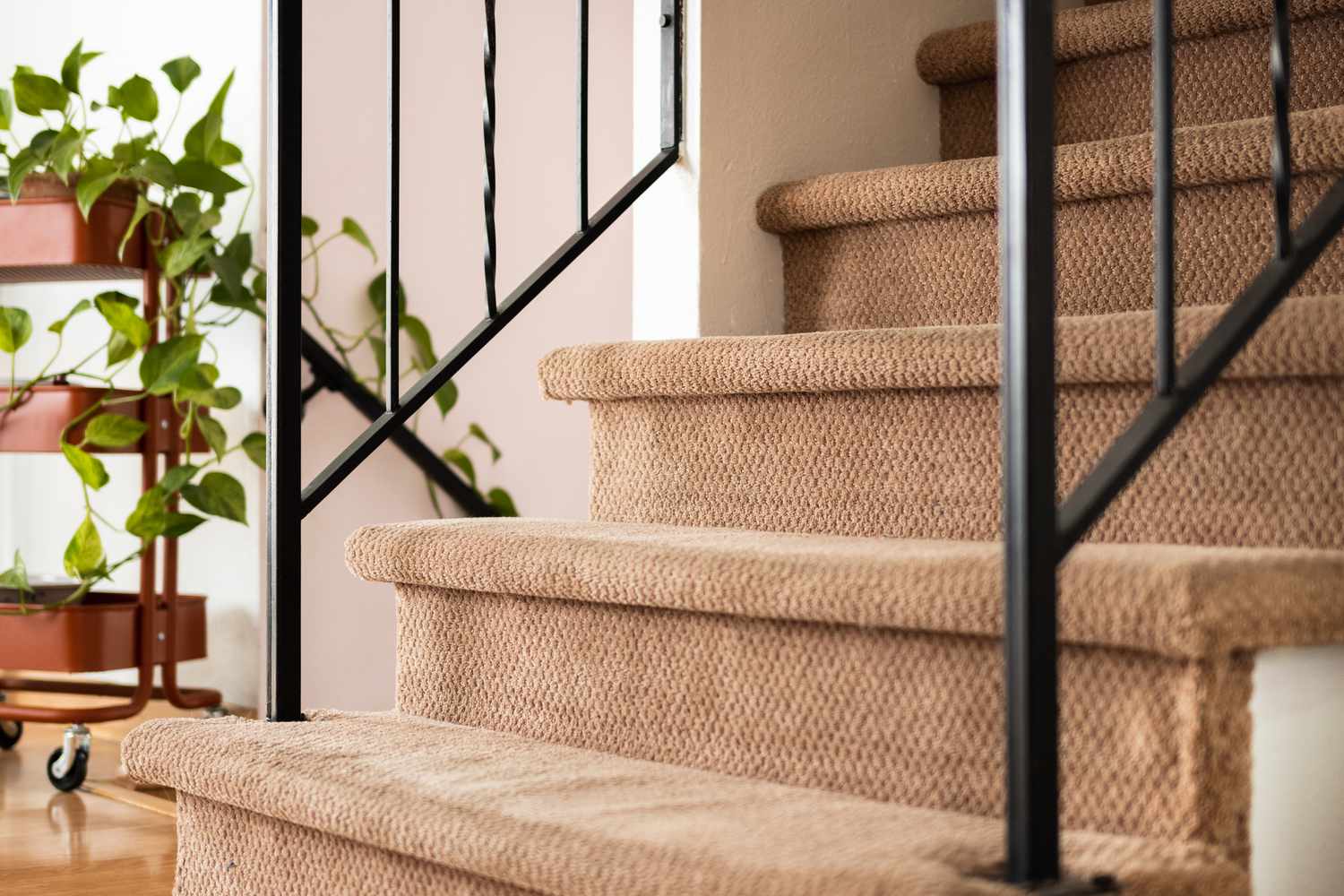
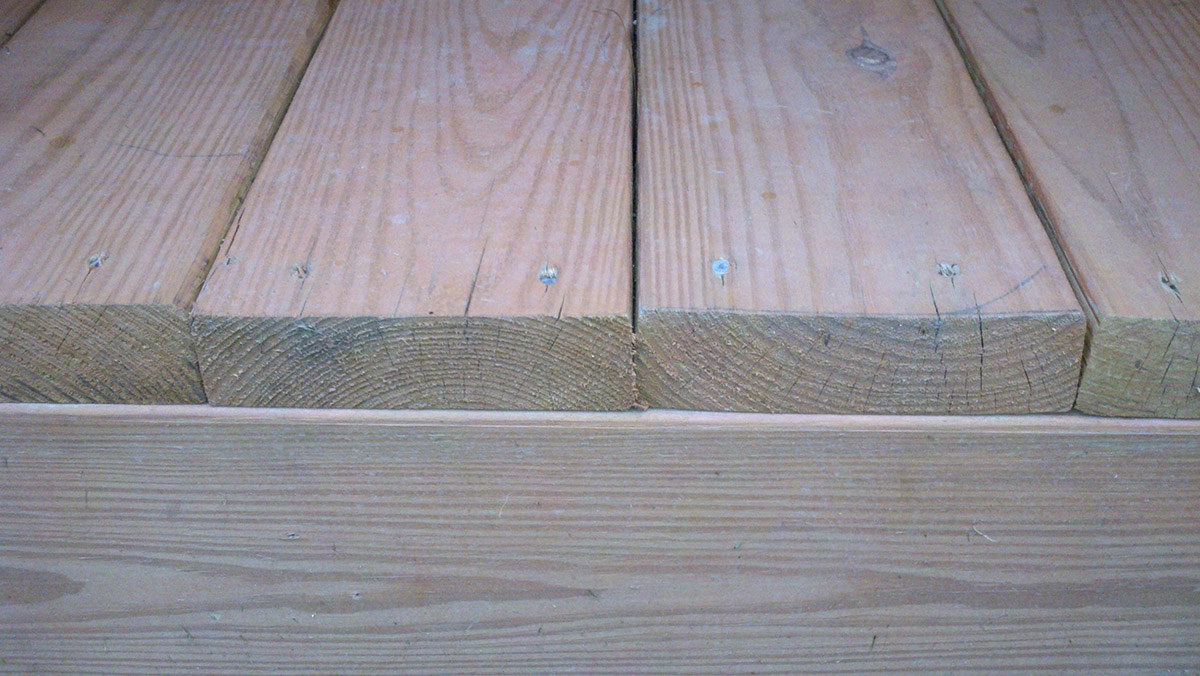
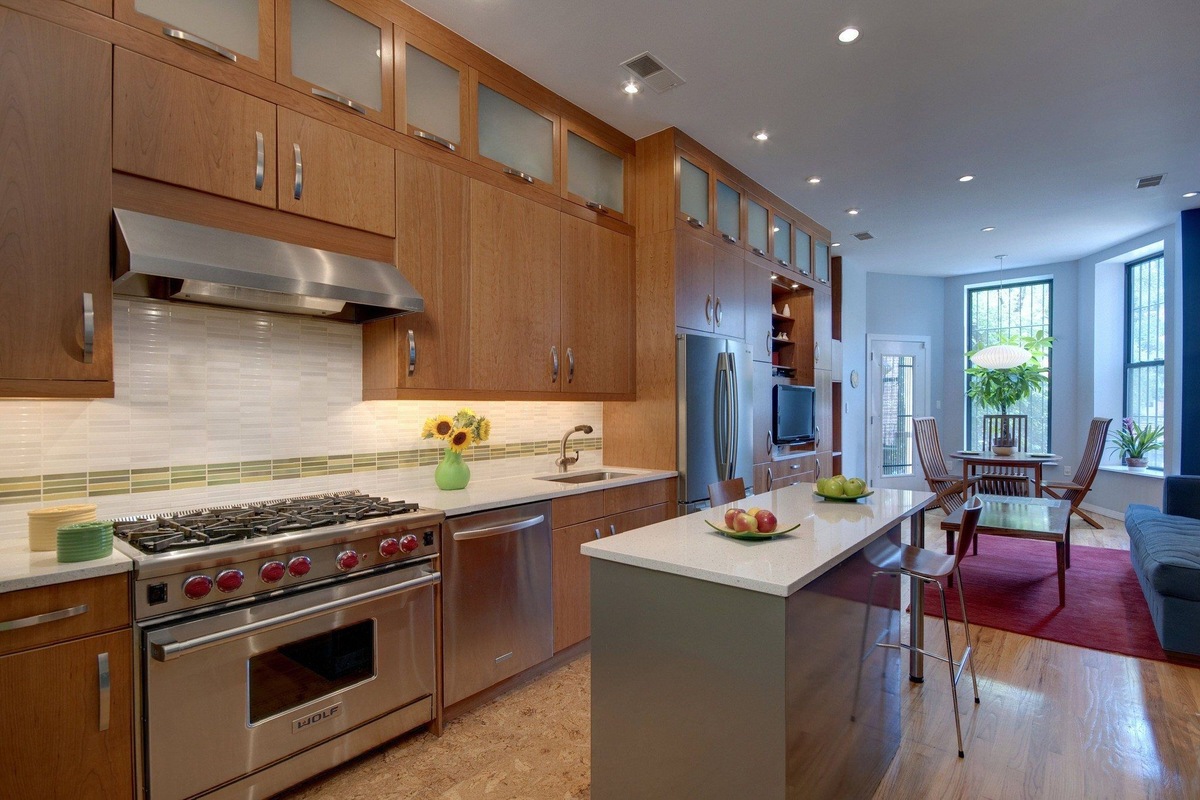
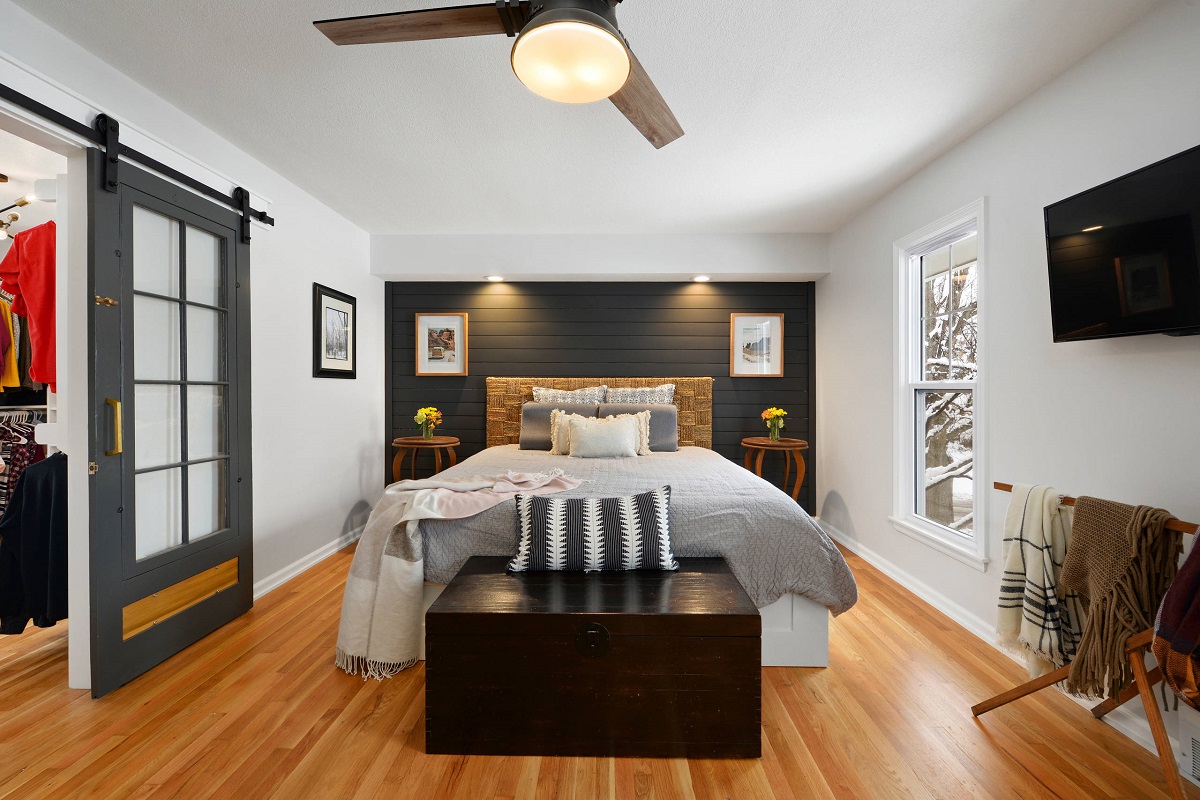
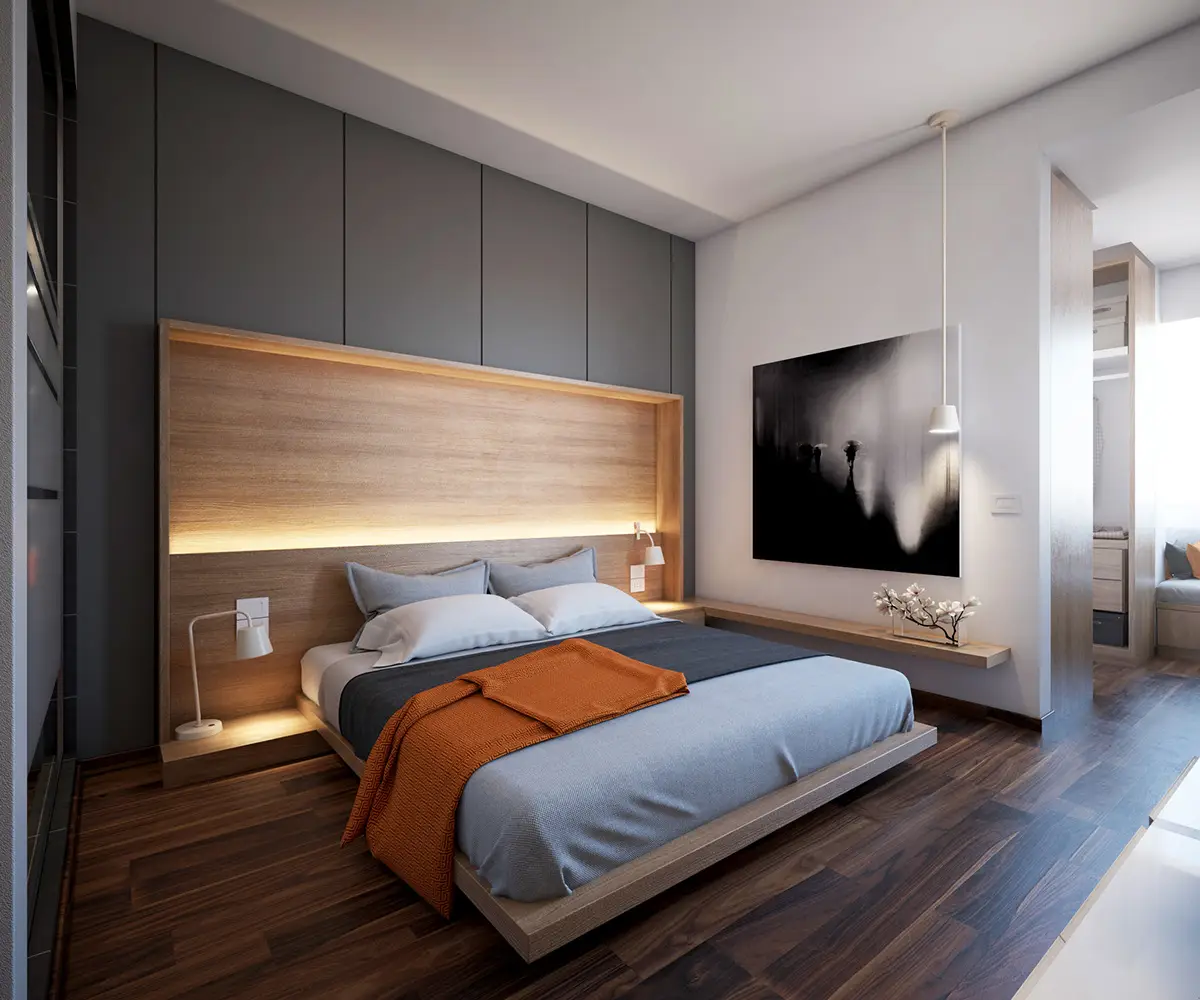
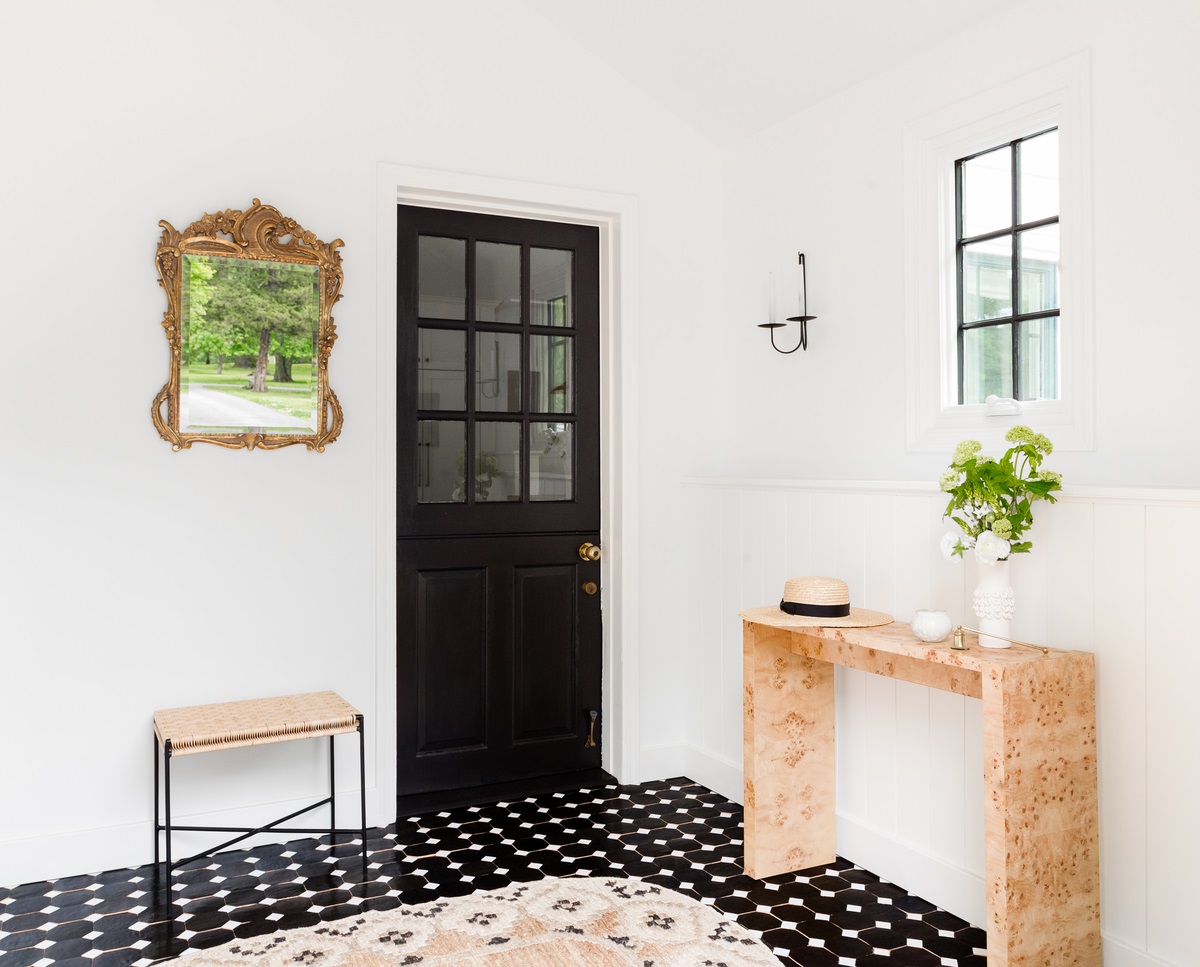
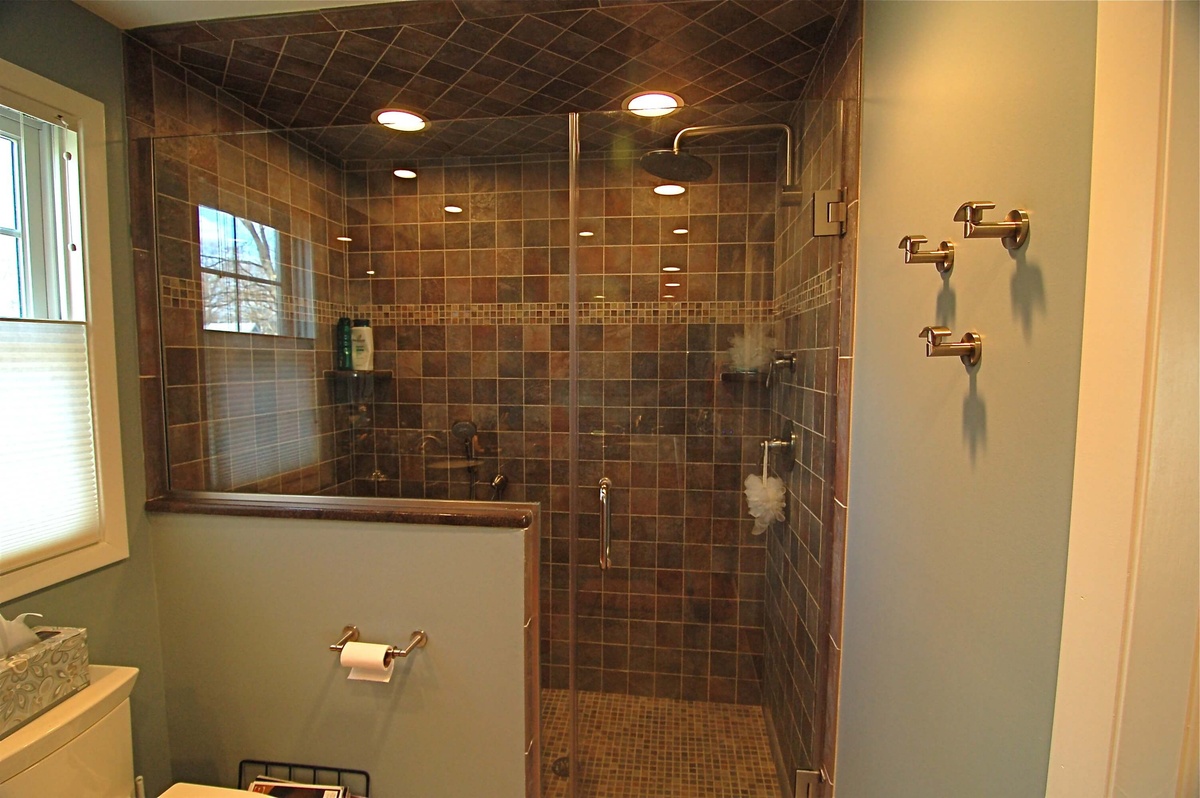
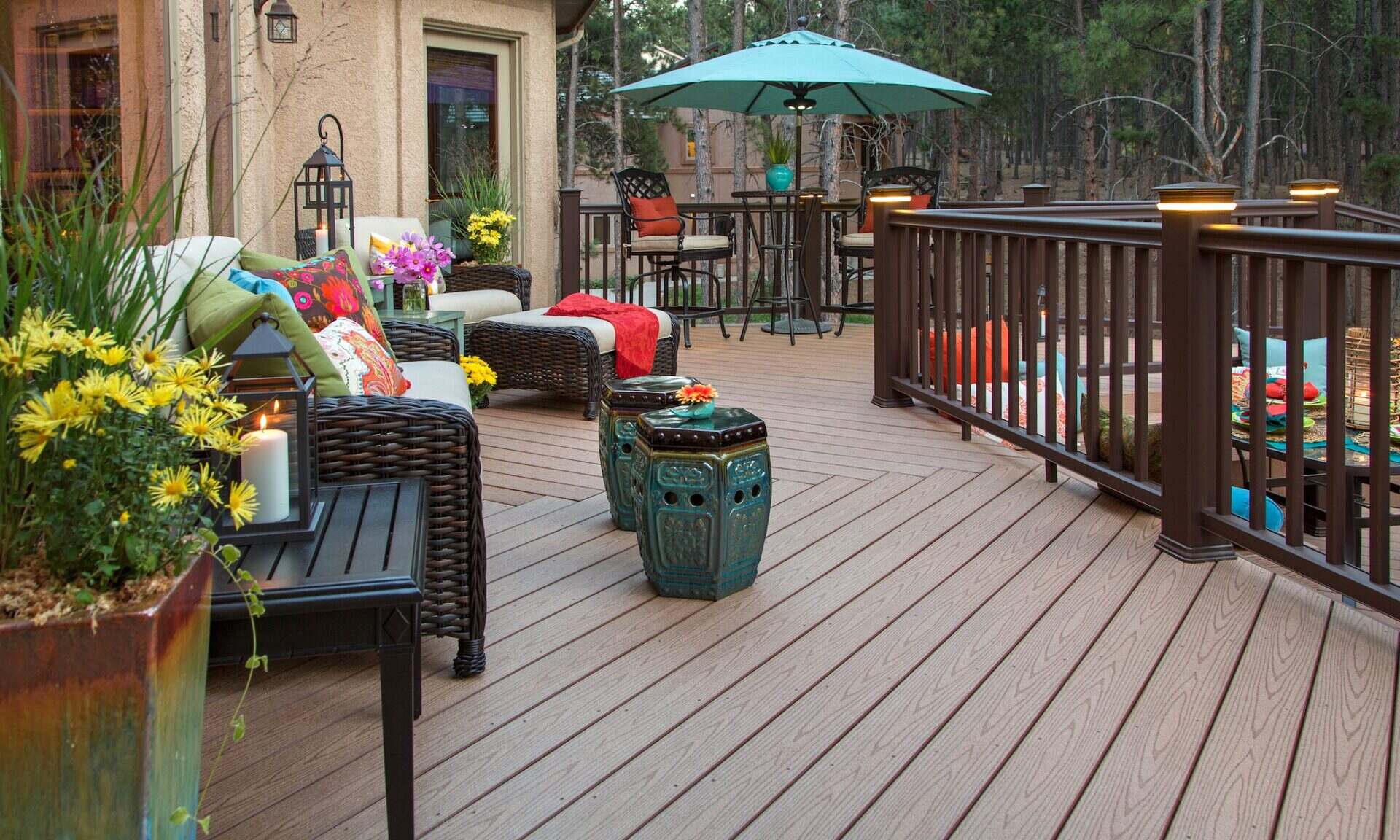
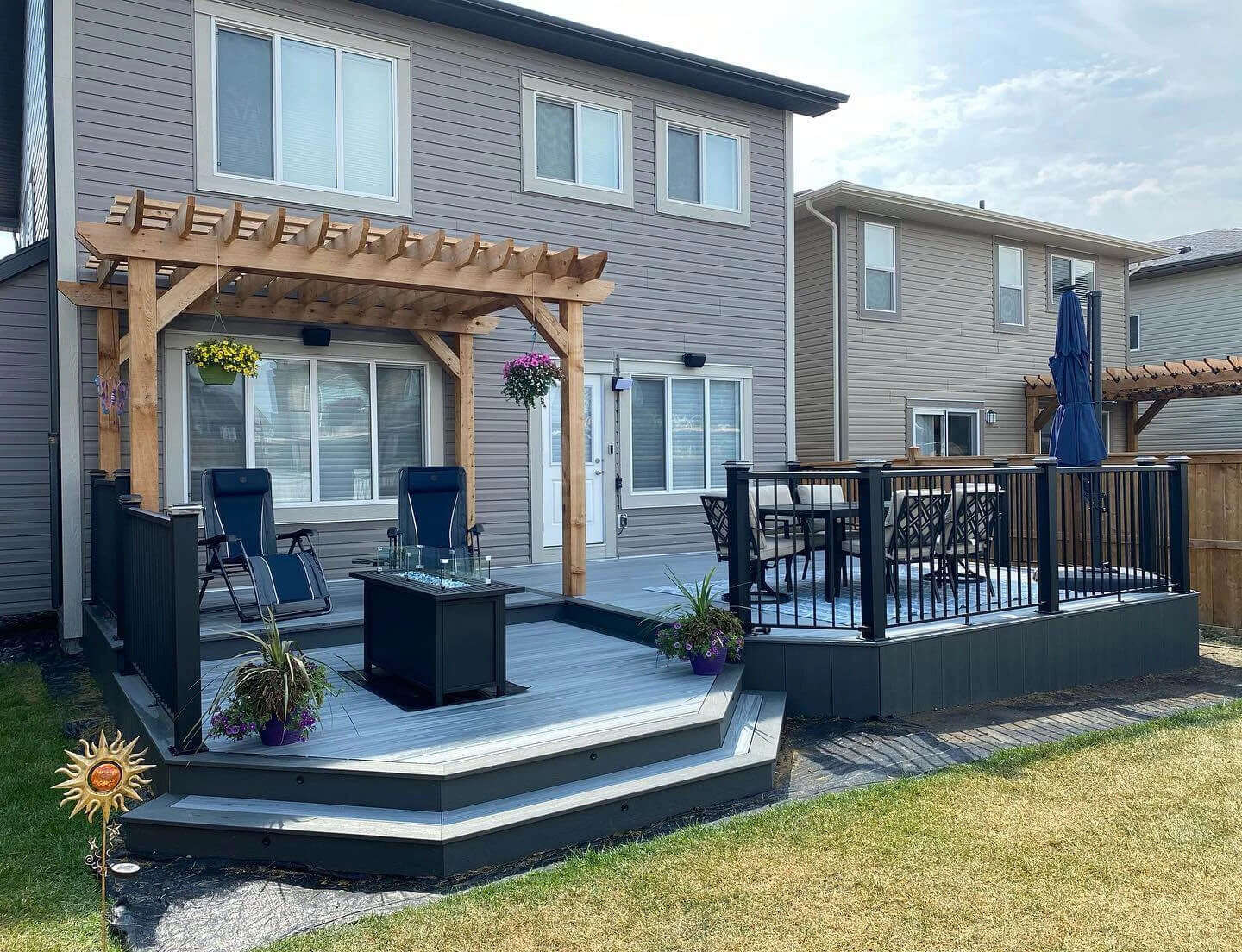
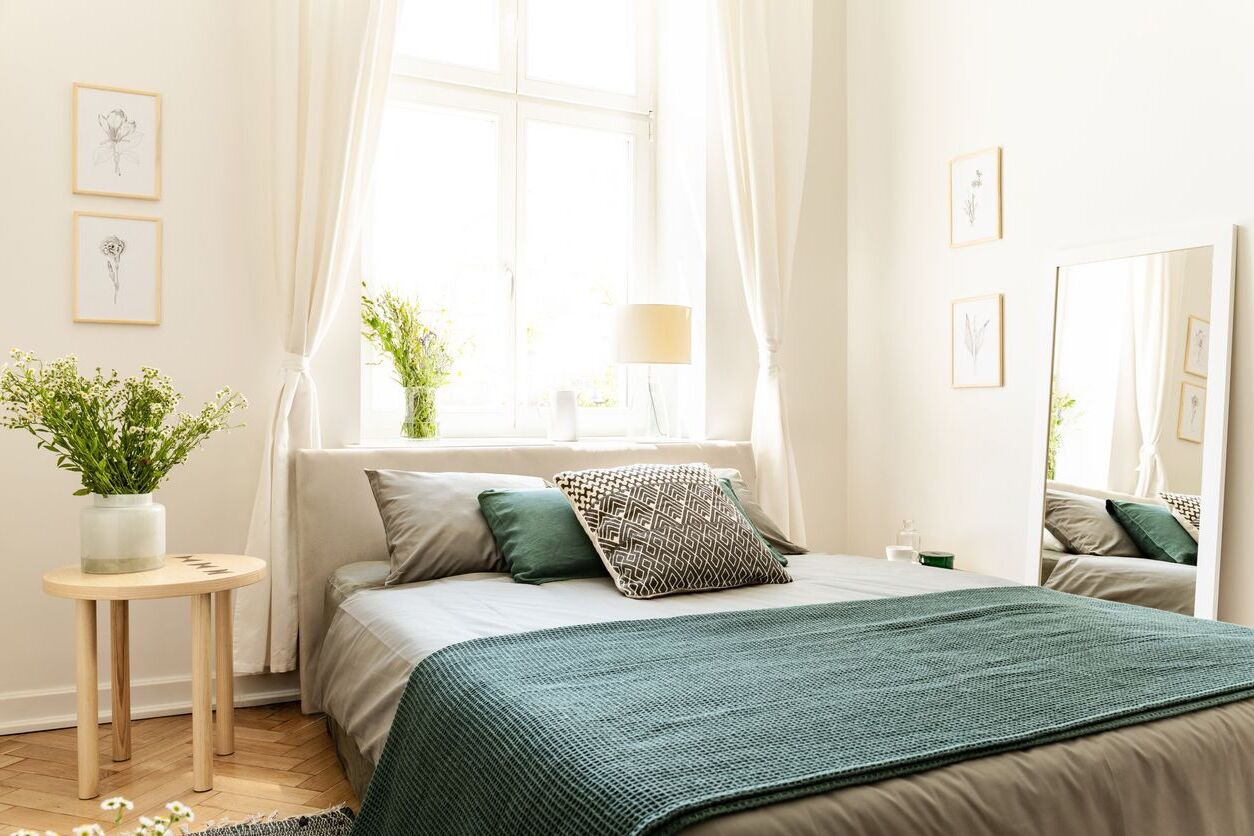

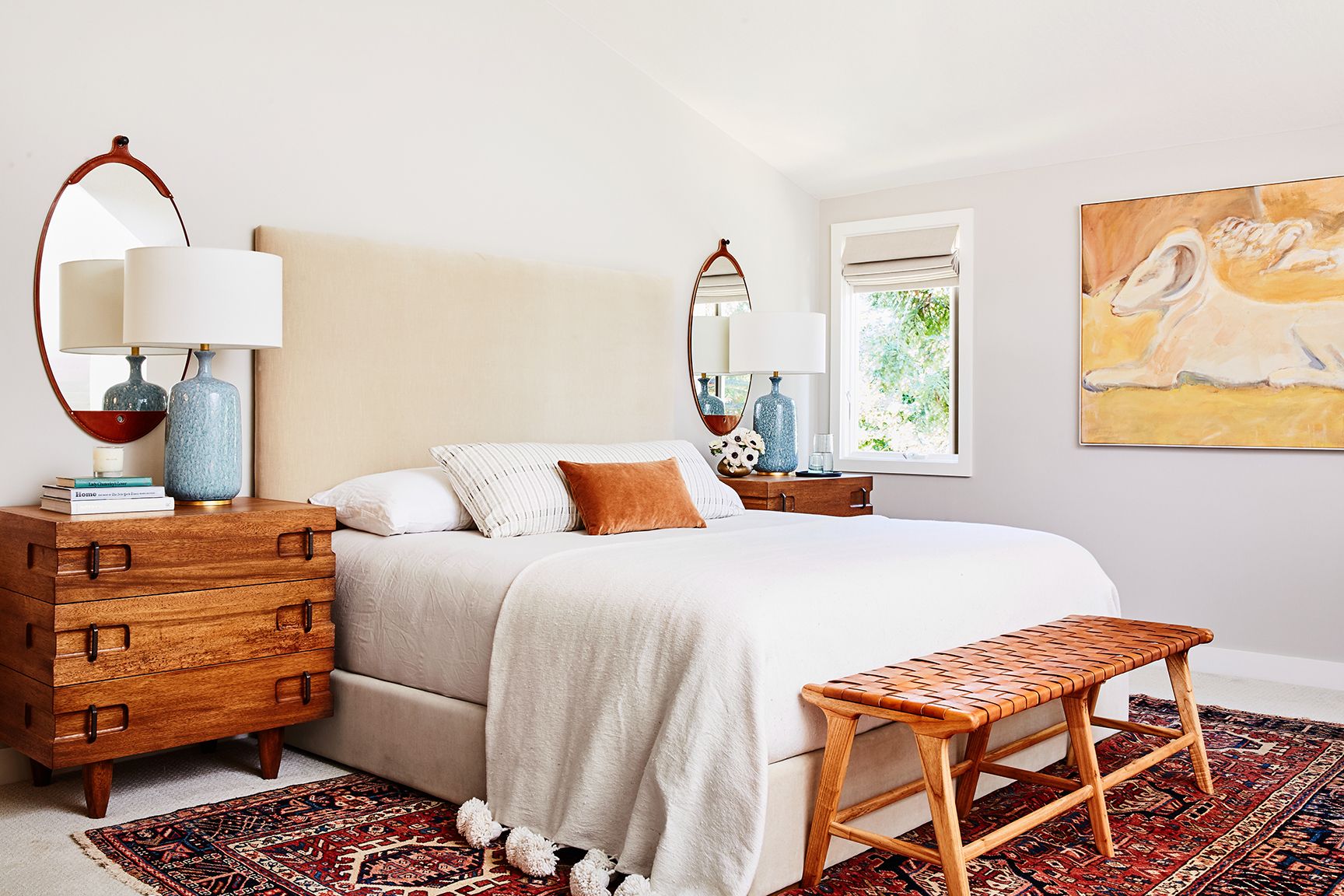
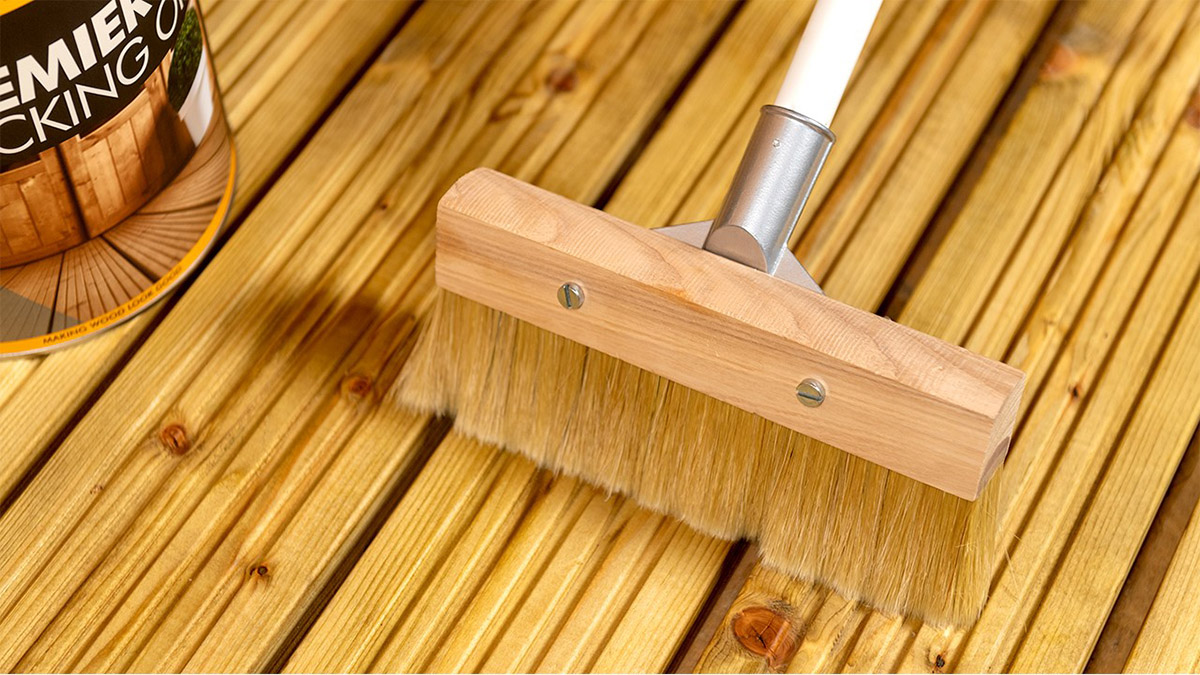

0 thoughts on “10 Ways To Design A Better Deck”